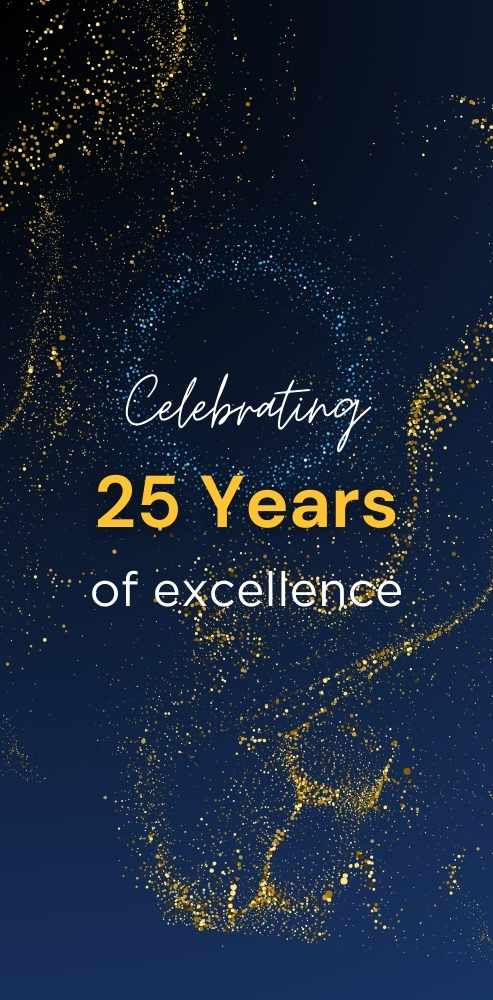The key to a well-owned organization is having a solid culture and a broad set of beliefs assisted by strategies and structure. When the organization has a strong foundation culture, Employees know how top management is responsive to any circumstances, and employees believe that the expected response is proper. Employees will be complemented for upholding the organizational culture.
What is corporate culture training?
Corporate training, a process of training employees through a structure of activities that educate employees by using various forms of learning programs. It fuels employee success, which, in turn, means the success of the business/organization as a whole. Employees make their training with their development, vital part of their work lives to enhance and make a wholesome work to make their organizational path venturing into a success rate.
Types of Corporate Culture:
Clan Culture:
Clan culture, also called a collaborative culture, mainly focuses on teamwork. Relationships, participation, and company morale are elements of this culture. Managers are advisors and guides to employees.
This corporate culture is about keeping the barriers between the executive level and employees minimum. Clan culture is flexible and focused on thriving change and taking action.
Adhocracy Culture:
Adhocracy culture is primarily focused on innovation and risk-taking. It creates an entrepreneurial environment in the workplace. Ideas considered too unconventional for a more conservative workplace are actively nurtured and pursued in an adhocracy culture.
Hierarchy Culture:
A hierarchical culture follows the traditional corporate structure and has a transparent chain of command. This has a specific way of doing things, including conventional norms such as a dress code and rigid work hours.
Market Culture:
In a market culture, the bottom line is the main priority. Everything is combined with the company’s profitability. An organization that takes on this corporate culture focuses on results and reaching targets. In a market culture, leaders demand and expect employees to perform well in a high-pressure environment.
7 Key Characteristics of Organizational Culture
- Financial Stability
- Harmonious Relationships
- High Performance
- Continuous Renewal And Learning
- Building Internal Community
- Making a Difference: Strategic Partnerships And Alliances
Organizational culture:
An organization’s culture defines the entitled way to behave within the organization. This culture encloses the beliefs and values established by leaders and then communicated and fortified through various methods, literally molding the employee perceptions, actions, and understanding. Organizational culture makes the context for everything an enterprise does.
Employees- a Key role:
Employers have a crucial role in conserving a solid culture by recruiting and selecting applicants who share their organization’s beliefs and thrive in that culture, progressing orientation, training, and performance management programs, and empower the organization’s core values.
“Articulate the aspiration with the underscore of the Culture with change.”
A strong culture is a baseline among the most successful companies. All have the values on the focus and centric of the organization and its goals. Leaders in successful companies live their cultures every day and get rid of their way of communication and the cultural identities to employees and prospect the new hires.
Making the training and development transparent with the values and how they define their organizations and determine how they run. Company leaders play a phenomenal role in shaping and sustaining the organizational culture.
(Read more: Why is Critical Thinking Considered a Key Skill)
Wrap-up:
We the Talentpro, Training we make an organization’s culture to improvise the organization’s all-inclusive performance, the culture provides a planned competitive advantage and beliefs and values. Encouraging a standard of excellence will stretch employees to achieve and exceed goals We assist cultural transformation by encouraging leaders to model key cultural attributes in their organizational behaviors.









